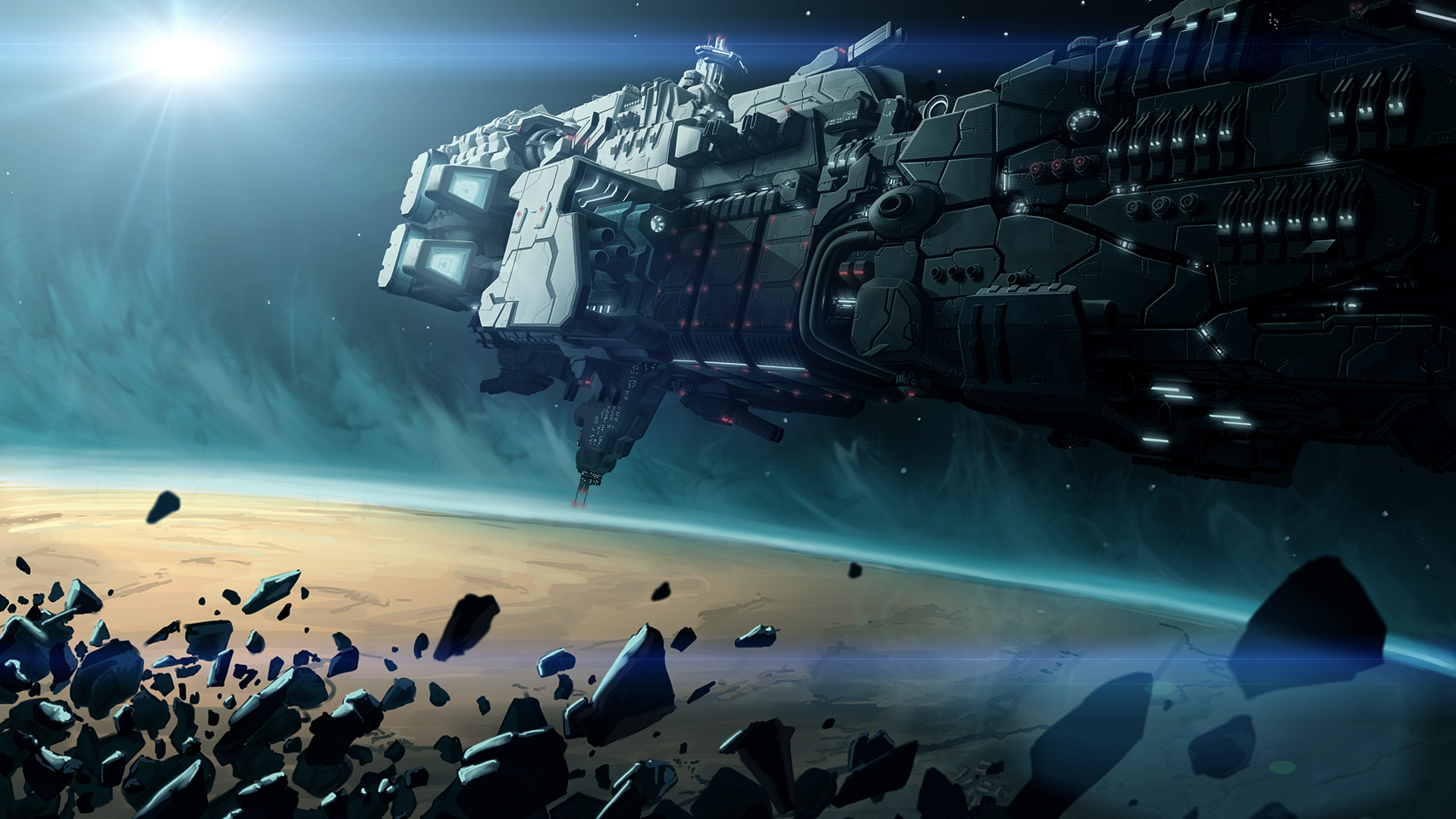Four hive worlds make up the Cadiz system. A fifth world, St. Perditius, was destroyed through orbital bombardment and is nothing more than a tomb.
St. Anne: A moon, tide-locked to a vast gas-giant in the outer system. A thick atmosphere and the tidal stresses caused by its parent planet generates and retains enough heat for the surface to be habitable. With little agri-produce and very few remaining natural resources, the industries of St. Anne have fallen silent. Reclamation is now the preeminent industry.
St. Lawrence: This world lies at the very outer edge of the star's habitable zone. Once, it was fertile, but the irrigation and heating systems have failed eons ago, and the world has reverted to its natural state, which is endless cold windswept plains. The planet's minor hives are failing, and more and more people are trying to live as nomads in the outback. Most fail, but there are some that persevere.
St. Grumman: This massive Earth-like world is mostly covered in hot oceans. The most heavily populated and, perversely enough, the one least hospitable to human life. Including, but not limited to: crushing gravity, sweltering heat, extreme humidity, and horrendous storms. The billions of people living here live on the major islands, in underwater cities, or floating arcologies. On the plus side, the planet has plenty of biosphere and plentiful deep-ocean mining.
St. Helios: In the innermost orbit lies St. Helios, a sun-scorched hell-hole that cannot support human life outside domed cities and subterranean habitats. St. Helios has no biosphere beyond the agri-domes and the fungal farms in the deep. The planet is the only place with remaining mineral resources in the system. Every day millions of workers risk their lives to harvest the glass forests. About a billion people eke out a living here, many of the descendants from Calixian refugees.



